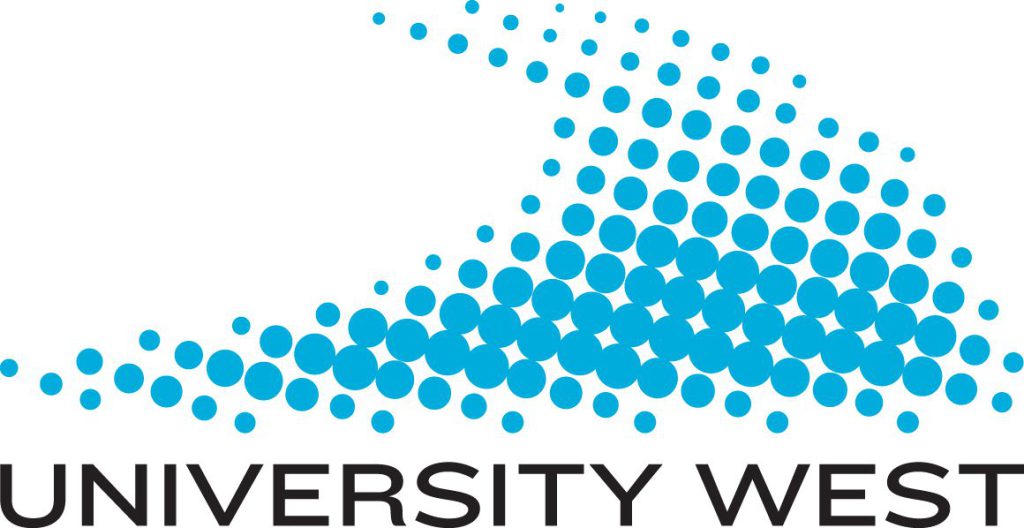Towards a quality framework and a vocabulary for WIL
Have you ever watched any of the popular TV-shows about food and how to prepare for a dinner? Like Hell´s Kitchen, Next Level Chef, Kitchen nightmares or Master Chef? As wannabe chefs we tend to follow this type of series for both inspiration and learning some new tricks of the master chef trade.
As the number of series have increased and grown in popularity so does the expectations and the entry level. In order to understand what they are talking about you either need to google or invest in a cooking dictionary because the language is precise and specific for the subject. If you are not familiar with concepts like sous-vide, confit, deglaze or emulsify you better return to sit-coms or crime. A modern chef owns and applies a very specific vocabulary that allows distinct expressions and communication.
A vocabulary or a language is a fundamental part of our life as humans communicating with each other or engaging in social interaction. It enables us to convey complex ideas, express our thoughts and feelings, and connect with others in meaningful ways. There may be different ideas and concepts on language and how it is acquired, from Aristotle to Chomsky or Piaget but they all agree on importance.
How is this connected to Work Integrated Learning (WIL) one may ask? In 2019 the decision to certify all programs according to WIL was made at University West in order to strategically develop the overall quality but also to assure that all students are given opportunities to face, understand and reflect upon Work Integrated Learning.
At the Division of Media and Design we decided to approach this challenging task by doing two things; first up an inventory of all activities in the programs that we considered to be WIL or promoting WIL. The second thing consisted of looking for previous research in the field of WIL and adjacent subjects. The purpose of the inventory was primarily to identify courses that included WIL but also function as a trigger for conversations on WIL. We found an array of methods and approaches utilized by teachers in our programs.
These activities could be defined as Work Integrated Education (WIE) and hence an important part of our WIL-profile. The concept of WIE allows us to separate our teaching methods and activities from the students learning process. A curriculum is experienced by the learner (WIL) but planned, organised, enacted and evaluated by the teacher (WIE). But these findings also raised practical questions – How do we define and phrase a vocabulary for communicating WIL-activities and directions for further development? How can we operationalize and describe progress with respect to WIL/WIE? Is there a framework, model or typology that we could utilize? Are there words for this?
This question or quest for a clear vocabulary is of course connected to WIL in many ways. A generous definition of WIL is on one hand permissive and flexible in application but on the other hand creating uncertainty and confusion. WIL is quite often described as an umbrella term among universities and researchers. University West is one of many that presents WIL as an umbrella concept with three dimensions as addendum; philosophy, pedagogy and research.
Umbrella originates from the latin term “umbella” or umbra meaning shade or shadow. The object umbrella is believed to have protected important people from the sun and is an early symbol of status. As the umbrella made its way to Europe its usefulness expanded and covering from rain was added. The umbrella is frequently used as a metaphor or figure of speech for the things that are sheltered or covered by the umbrella.
The frequent use of the metaphor “umbrella” is, to utilize another figure of speech, becoming a double-edged sword. The openness towards different activities and fields is a foundation for future exploration and a creative space for developing WIL. On the other hand, the many different types of activity that are found in the shadow of the umbrella stretches the concept. When they are all described as WIL in some respect, it becomes vague and contributes to a fuzziness and a determent to the term.
The results from our inventory ended up as a list of more than twenty different activities, besides our version of work placement or practicum (not to be separated from other forms of WIE). And even more activities were described in current research as WIL and adding to the list. WIL is considered to be part of solution that provides students with high employability but also connections and exchange between university and society (industry) by many countries and governments.
As WIL is growing in popularity the number of available internships, the most traditional form of WIE, is becoming fewer due to the competition between universities and their students. This situation forces WIL institutions to widen their view and open up for other or new activities. Another more recent trigger for rethinking and broadening WIL is the pandemic (Covid-19) adding online, remote, simulated, and virtual activities.
This all calls for an extended vocabulary for discussing, conveying or developing WIL further. We need our own version of the master chef language where we can be specific and distinct in our expressions and communication.
In the paper “TOWARDS A FRAMEWORK FOR WORK INTEGRATED EDUCATION” a tool and vocabulary, is proposed based on a previous suggestion; “A typology of WIL”. Key takeaways are an updated typology for identifying, applying, and utilizing pedagogical ideas that serve to promote WIL. The typology has been revised and rearranged to meet and cope with all new activities being developed in the WIL community around the world. An important addition is the work or results created by students as a response to an assignment.
Mikael Andersson, Lecturer, University West
Stefan Tidlund, Lecturer, University West

